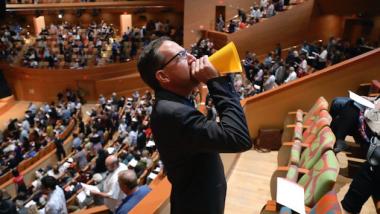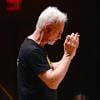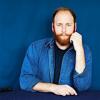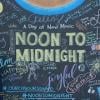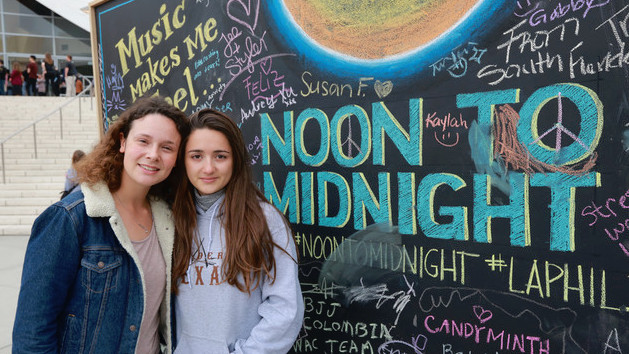
It couldn’t have been easy, but the Los Angeles Philharmonic found a way to top both of its previous “Noon to Midnight” marathons on its third try on Saturday, June 1.
Again, the events took place inside and around Walt Disney Concert Hall; LA Phil creative chair John Adams evocatively called it “the instrument upon which all these musicians play — like a vast, resonating drum.” Again, Disney Hall found itself overrun with eager new music fans young, old, and in-between, but mostly young (there was even a sprinkling of newborns in pouches clinging to their parents). Again, the price was right — $10 to see and hear it all except for Adams’s ticketed Green Umbrella concert.
But this time, the Phil made a concerted effort to bring outside help into the marathon, resulting in a lineup loaded with the cream of American new music groups juxtaposed with Los Angeles’s burgeoning new music scene. The first “Noon to Midnight” in 2016 presented 12 world premieres; this one had 23! Colliding with all of that was the apotheosis of the LA Phil’s season-long, pop-up celebration of the FLUXUS movement, which only added to the party-like ambience.
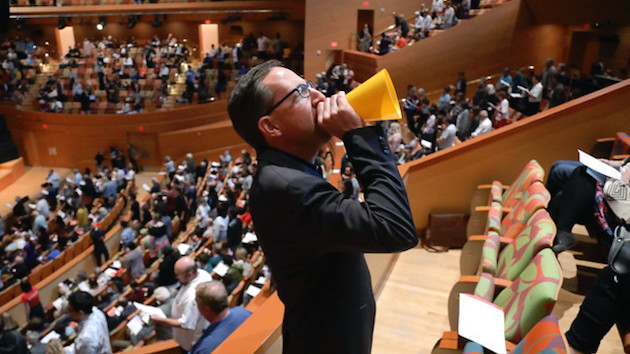
Needless to say, everyone had a busy day during which there was something going on in every minute of the event’s 12-hour timespan. It started with the ruckus of crowd noises rising and falling in volume throughout the hall in David Lang’s frightening crowd out at noon — and ended with the bright, cheery, surprisingly inventive variations on a single minimalist vamp in Dylan Mattingly’s Gravity and Grace (a world premiere, courtesy of Jacaranda) ’round about midnight.
The International Contemporary Ensemble (ICE) had not one but two concerts on the schedule — the first containing results from a collaboration with the LA Phil called the National Composers Initiative, and the second a presentation of its own. The latter concert featured the most interesting (to me) world premiere of the entire day, George Lewis’s Soundlines: A Dreaming Track, in which ICE’s artist-in-residence Steven Schick gave a fascinating talk about his 700-mile walkathon from the Mexican border to the Golden Gate Bridge in 2006 while bopping around on various percussion instruments as multichannel electronic sound effects thundered over dissonances from the musicians.
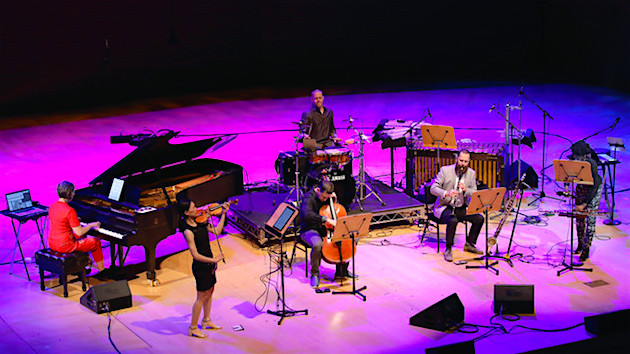
From Chicago, Eighth Blackbird flew in with Holly Harrison’s sometimes wildly jazzy Lobster Tales and Turtle Soup and a curiosity of a world premiere by Pamela Z, Ways of Looking, in which words and fragments spoken by the group’s members live and prerecorded are superimposed upon the music in sometimes humorous ways. From New York City, Sō Percussion unveiled Julia Wolfe’s new Forbidden Love in which the four instruments in a string quartet are subjected to battering and stroking actions that ultimately result in a jangling, satisfying industrial groove.
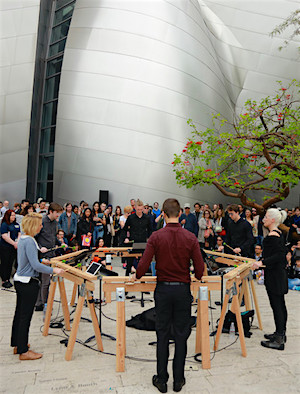
From Philadelphia, the 24 voices of The Crossing dazzled with their beautiful, lush harmonies, sometimes reminiscent of the Hi-Los, in the first performance of Toivo Tulev’s moving I Heard the Voices of Children. From San Diego, six members of Schick’s red fish blue fish hammered away on a set of amplified wooden sawhorses in Disney Hall’s rooftop garden, in Michael Gordon’s minimalist tour-de-force, Timber.
Not to be outdone, the local bands held their own just fine and then some with the out-of-towners. Venturing into BP Hall, you could sample the Calder Quartet debuting Timo Andres’ alternately machine-like, lyrical (with a cute steal from Puccini’s “O mio babbino caro”) and pastoral Machine, Learning. Or the Lyris Quartet doing a searingly intense job on Sofia Gubaidulina’s String Quartet No. 2 and dealing with the electronic distortion and feedback built into Michelle Lou’s ironically named Lullaby.
Some of the locals offered historical context. Outdoors, the LA Phil brass section revisited seven, highly varied fanfares written in 1969 for the LA Phil’s 50th birthday, as a prelude to an agreeable new one by Paul Gibson (with a boost from Prokofiev), Fanfare for the LA Phil 100. Venerable Monday Evening Concerts — around since the 1930s — fielded a group that played Philip Glass’s Glassworks album live; the six pieces were meant to be heard on a cassette Walkman, and the thin, mid-fi sound mix reflected that.
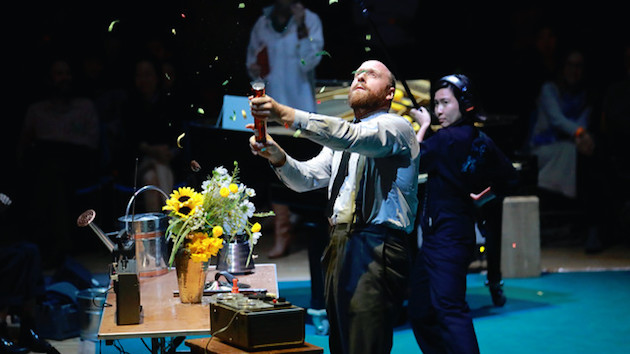
No one could possibly get to all of the continuously overlapping acts, so I had to miss a lot of the FLUXUS events. But one that I couldn’t resist was Christopher Rountree’s hyperenergetic re-enactment of John Cage performing his madcap Water Walk on TV’s I’ve Got A Secret — complete with repetitions and resets. You could actually view a kinescope of Cage’s original 1960 performance on an old-style television set while the live equivalent was taking place a few steps away.
In all, it was a pretty stupendous bargain for your ten-dollar bill.

